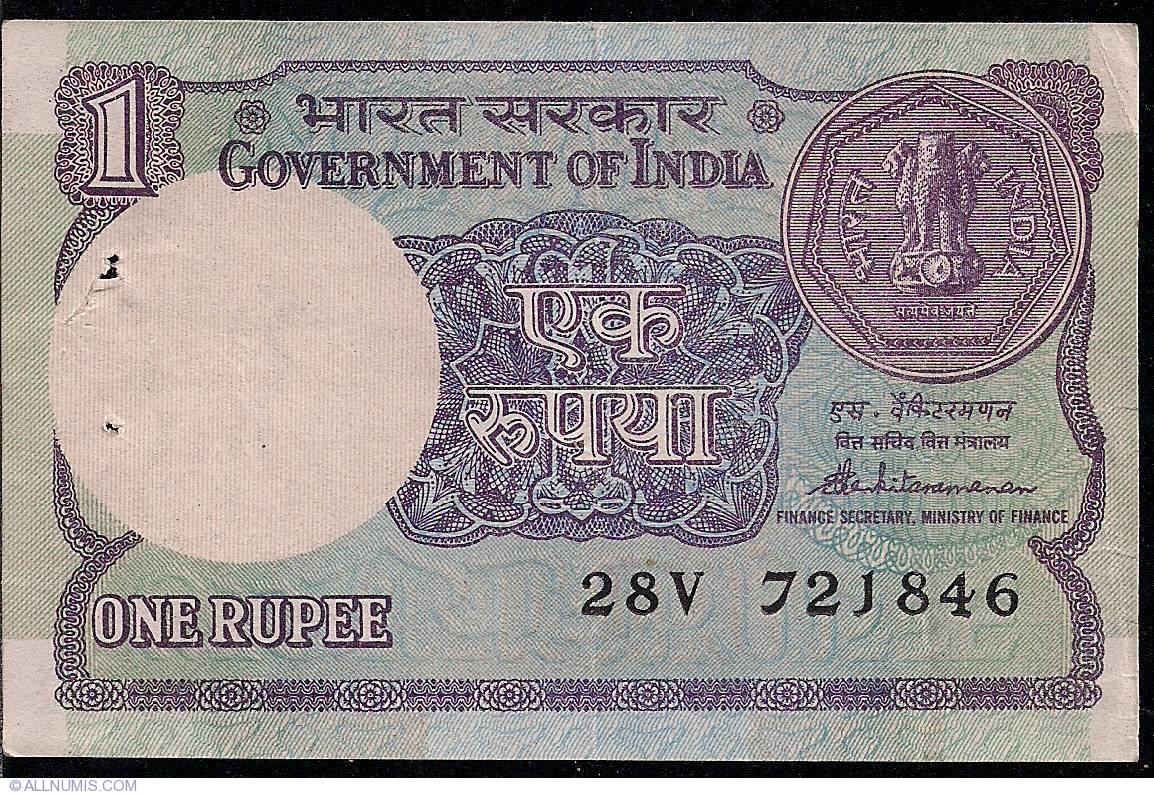

India, at that time, was controlled by the British East India Company. India was unaffected by the imperial order-in-council of 1825, which attempted to introduce British sterling coinage to the British colonies. This event was known as "the fall of the rupee." In Britain the Long Depression resulted in bankruptcies, escalating unemployment, a halt in public works, and a major trade slump that lasted until 1897. The discovery of large quantities of silver in the United States and several European colonies caused the panic of 1873 which resulted in a decline in the value of silver relative to gold, devaluing India's standard currency.

This had severe consequences in the nineteenth century when the strongest economies in the world were on the gold standard (that is, paper linked to gold). Historically, the rupee was a silver coin. ( November 2016) ( Learn how and when to remove this template message)Ĭhart showing exchange rate of Indian silver rupee coin (blue) and the actual value of its silver content (red), against British pence. Unsourced material may be challenged and removed. Please help improve this article by adding citations to reliable sources in this section. Relevant discussion may be found on the talk page. This section needs additional citations for verification. Among the earliest issues of paper rupees include the Bank of Hindustan (1770–1832), the General Bank of Bengal and Bihar (1773–1775, established by Warren Hastings), and the Bengal Bank (1784–91). The silver coin remained in use during the Mughal period, Maratha era as well as in British India. During Babur's time, the brass to silver exchange ratio was roughly 50:2. ĭuring his five-year rule from 1540 to 1545, Sultan Sher Shah Suri issued a coin of silver, weighing 178 grains (or 11.53 grams), which was also termed the rupiya. In the intermediate times there was no fixed monetary system as reported by the Da Tang Xi Yu Ji. The silver Rūpaka ( Sanskrit: रूपक) coins were weighed approximately 20 ratis (2.2678g). The Gupta Empire produced large numbers of silver coins clearly influenced by those of the earlier Western Satraps by Chandragupta II. Rūpa means 'form' or 'shape' for example, in the word rūpyarūpa: rūpya 'wrought silver' and rūpa 'form'. 340–290 BCE), mentions silver coins as rūpyarūpa, other types including gold coins (suvarṇarūpa), copper coins (tamrarūpa) and lead coins (sīsarūpa) are mentioned. Īrthashastra, written by Chanakya, prime minister to the first Maurya emperor Chandragupta Maurya (c. The history of the Indian rupee traces back to ancient India in circa 6th century BCE: ancient India was one of the earliest issuers of coins in the world, along with the Chinese wen and Lydian staters.

Rupiya issued by Sher Shah Suri, 1540–1545 CE Other types of coins, including gold coins ( suvarṇarūpa), copper coins ( tāmrarūpa), and lead coins ( sīsarūpa), are also mentioned. 340–290 BCE), mentions silver coins as rūpyarūpa.

Arthashastra, written by Chanakya, prime minister to the first Maurya emperor Chandragupta Maurya ( c. Though Pāṇini mentions rūpya ( रूप्य), it is unclear whether he was referring to coinage. The weight remained unchanged well beyond the end of the Mughals until the 20th century. The immediate precursor of the rupee is the rūpiya-the silver coin weighing 178 grains minted in northern India, first by Sher Shah Suri during his brief rule between 15, and later adopted and standardized by the Mughal Empire. The Reserve Bank manages currency in India and derives its role in currency management on the basis of the Reserve Bank of India Act, 1934. The issuance of the currency is controlled by the Reserve Bank of India. The rupee is subdivided into 100 paise (singular: paisa). The Indian rupee ( symbol ₹ code: INR) is the official currency in the Republic of India.


 0 kommentar(er)
0 kommentar(er)
